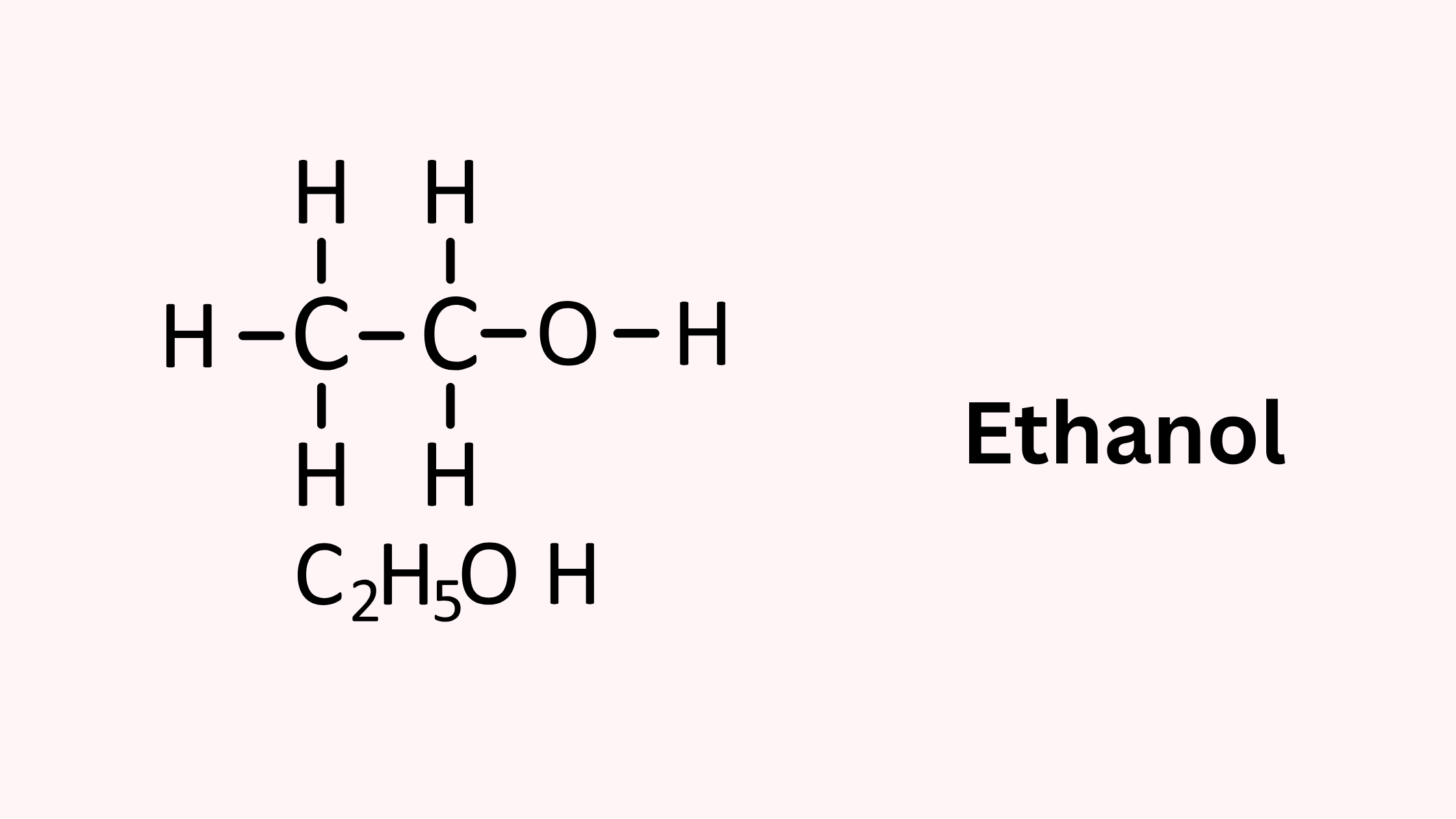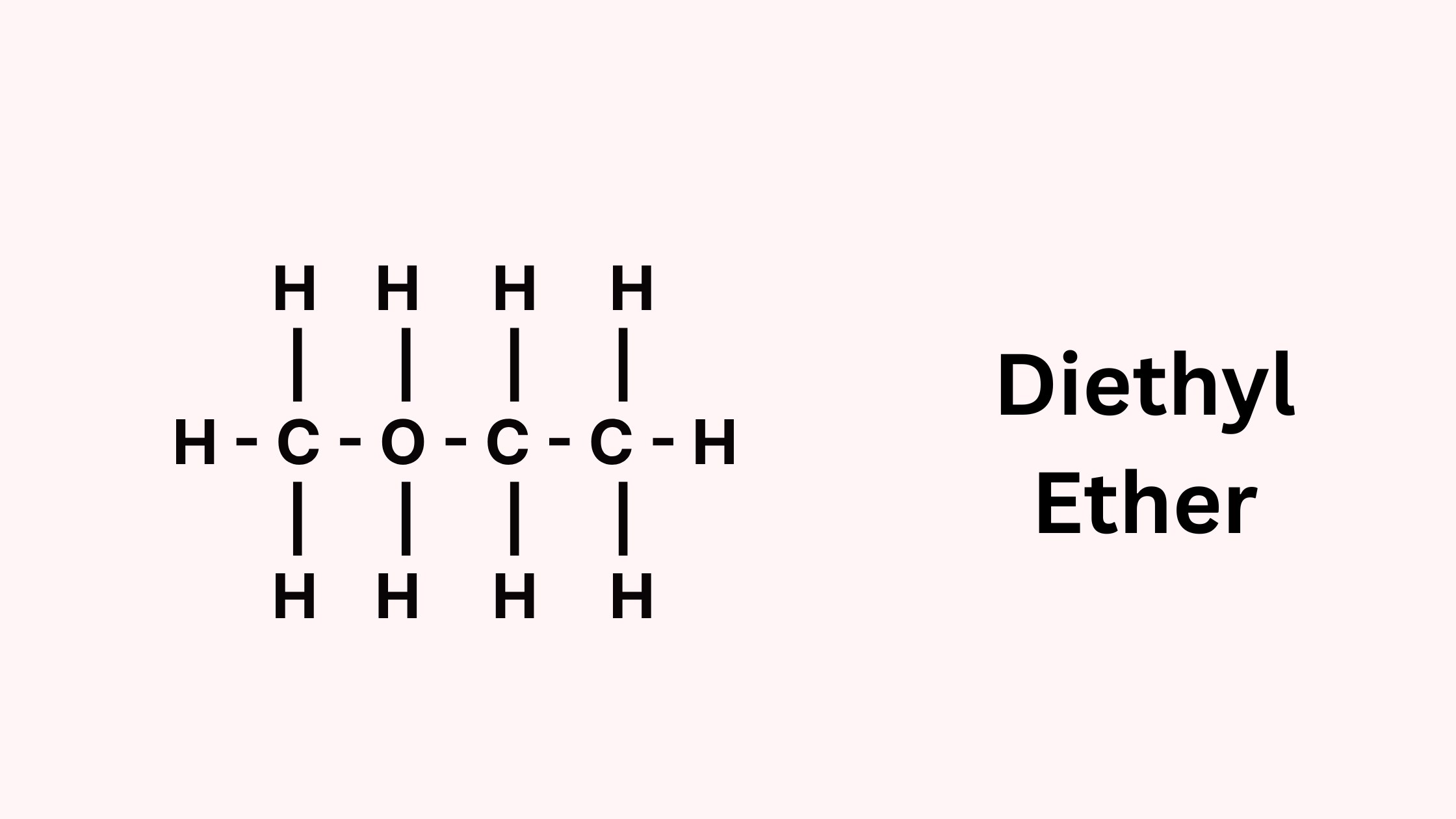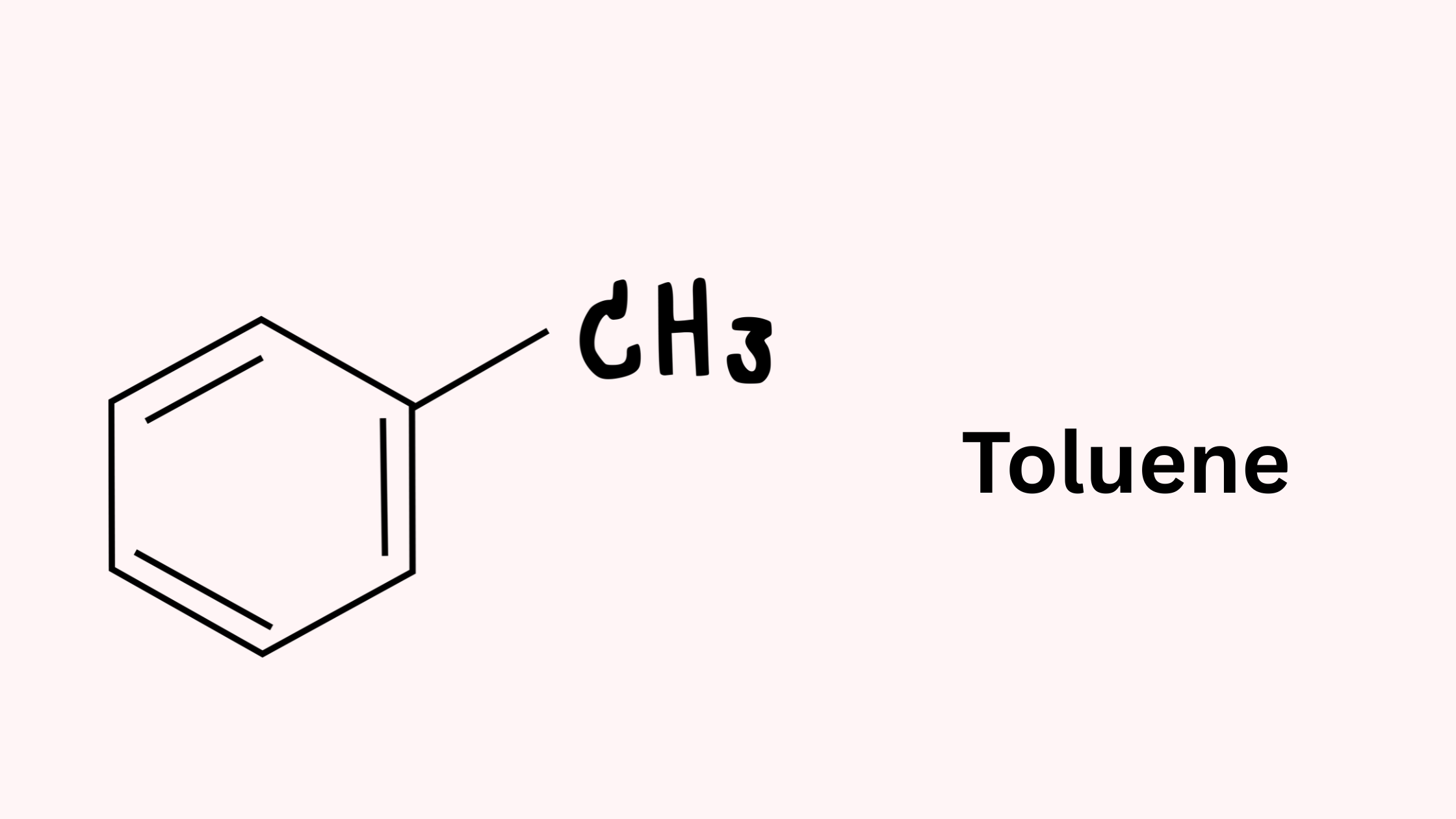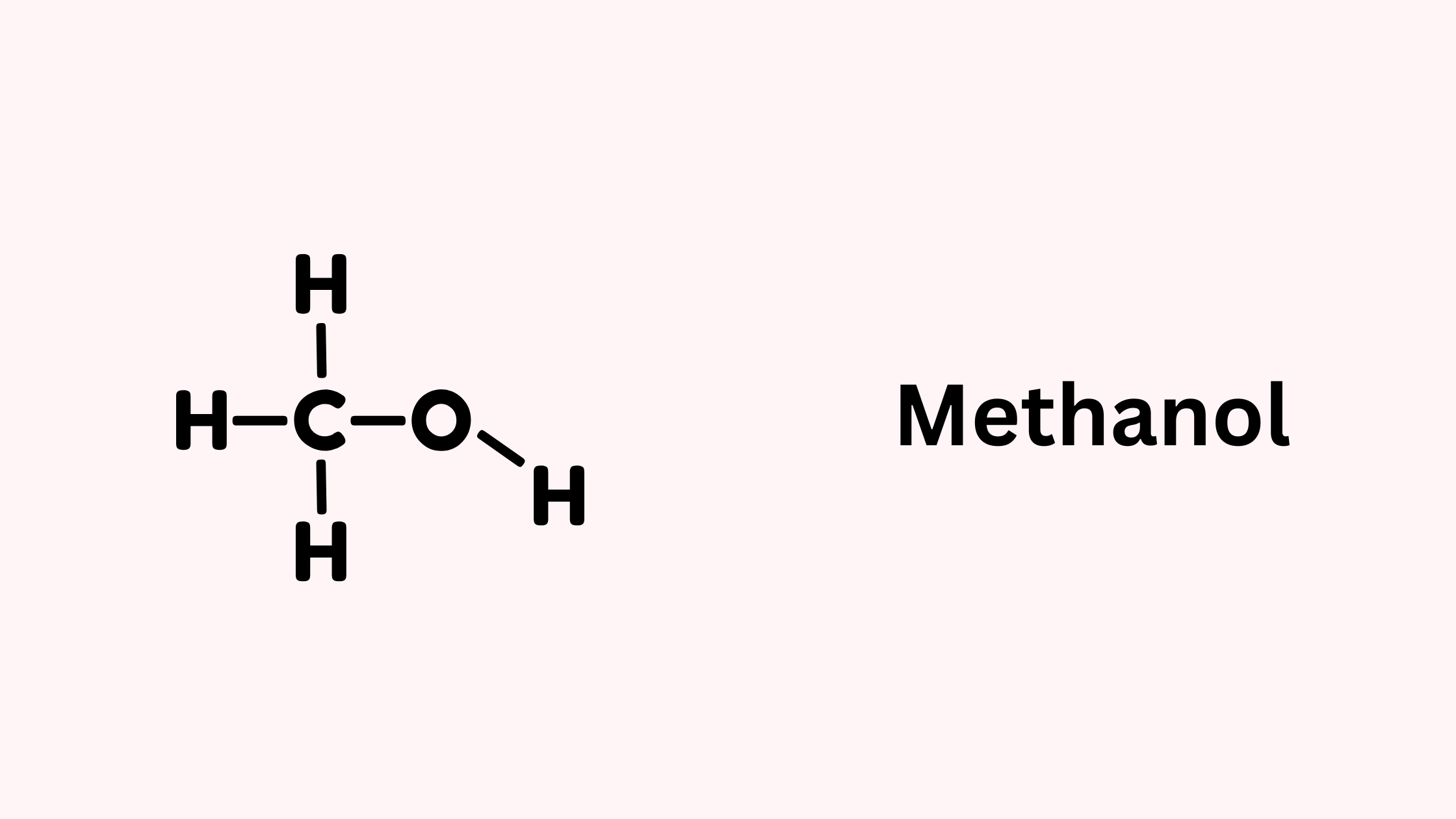Schools, universities, and all types of laboratories work with hazardous chemicals, including flammable substances. These chemicals pose significant risks, so it is essential to have thorough knowledge for safe handling and risk management. Additionally, to avoid compliance issues, having complete access to a detailed list of flammable chemicals is crucial.
It is vital for researchers and lab personnel to understand which chemicals are highly flammable and follow proper handling protocols to maintain a safe environment. This begins with being able to accurately identify these substances. Therefore, having an authentic and well-prepared list of flammable chemicals is essential for safety and compliance.
Continue reading the blog and find a list and all associated details about flammable chemicals.
What are Flammable Chemicals?
Flammable chemicals are substances that ignite easily when exposed to an ignition source like a spark, flame, or high heat. They release vapors that mix with air, creating a flammable mixture that can catch fire rapidly.
Classification of Flammable Chemicals
Flammable chemicals are segregated based on how easily they ignite, mostly by their flash point. OSHA and NFPA Classification:
- Class I liquids: Flash point below 37.8°C (e.g., acetone, diethyl ether)
- Class II liquids: Flash point between 37.8°C and 60°C (e.g., acetic acid)
- Class III liquids: Flash point between 60°C and 93°C (less hazardous but still flammable)
Understanding the classification helps to determine appropriate storage methods to prevent fire for each type of chemical.
Understanding Flash Point
As stated before, flash point is the key indicator of a chemical’s flammability. It refers to the lowest temperature at which a liquid emits enough vapor to ignite when exposed to an ignition source.
- A lower flash point means higher flammability risk.
- A higher flash point means the chemical is relatively safer under normal lab conditions.
For example:
- Diethyl ether is extremely flammable as it has a flash point of –45°C.
- Acetic acid is less flammable as it has a flash point of 39°C but still requires precautions.
Regulatory Framework
Compliance with recognized safety standards protects institutions from penalties and ensures employee safety. So, here what you need to keep in mind:
- OSHA 29 CFR 1910.106 – Flammable Liquids Standard
- NFPA 30 – Flammable and Combustible Liquids Code
- EPA RCRA Guidelines – Chemical waste disposal
- NFPA 45 – Fire protection for labo ratories using chemicals
These standards specify how to store, handle, and dispose of flammable materials safely.
What Defines a Flammable Chemical?
Flammable chemicals are materials that ignite readily from an ignition source such as:
- Spark
- Flame
- Heat
They emit vapors that combine with the air to form a flammable mixture that can easily burst into flames.
Importance of Knowing Flammable Chemicals
Many substances used in laboratories within schools, universities, and research facilities are highly flammable, and their characteristics can lead to an explosion under certain conditions. Knowing what flammable, it isn’t only a matter of fact checking, when it comes to protecting the safety of lives, property, and research.
Improper handling or storage of flammable materials can be blamed for most lab fires. Flammable liquids are said to be responsible for a large percentage of fires, explosions, and other accidents that occur in laboratories annually. Appreciate these dangers early on, so teachers, students and lab workers take preventive precautions seriously.
Flammable vs. Combustible: The Difference Explained
While both terms describe materials that can catch fire, but still there’s a slight difference based on how easily they ignite.
| Type | Flash Point | Example | Risk Level |
| Flammable | Below 37.8°C | Acetone, Ethanol | Very High |
| Combustible | Between 37.8°C – 93°C | Diesel, Kerosene | Moderate |
Flammable liquids ignite at lower temperatures and require stricter storage conditions, whereas combustible liquids need higher temperatures to catch fire but still pose serious risks when heated.
Examples of Common Flammable Chemicals:
- Ethanol: Used in sanitizers and lab procedures.
- Acetone: Found in nail polish remover and as a cleaning agent.
- Gasoline: Commonly used as a fuel.
- Diethyl Ether: Used as a solvent in various lab experiments.
Key Characteristics:
- Low Flash Point: Flammable chemicals usually have a low flash point, meaning they can ignite at low temperatures.
- Rapid Ignition: These chemicals can ignite suddenly and lead to fast-spreading fires or even explosions when there is enough vapor present.
List of Flammable Lab Chemicals:
In laboratories, the following types of flammable chemicals are commonly stored:
1. Ethanol
- Flash Point: 14°C
- Properties: A clear, colorless liquid with a strong odor.
- Uses: Commonly used as a solvent, disinfectant, and in the preparation of solutions for lab experiments.
- Risks: Highly flammable; can easily ignite from sparks, heat, or open flames.
2. Acetone
- Flash Point: -20°C
- Properties: A volatile, colorless liquid with a strong, sweet odor. It evaporates quickly and is highly miscible with water.
- Uses: Often used as a solvent in cleaning and degreasing, and in the manufacture of plastics and synthetic fibers.
- Risks: It is extremely flammable. Its vapors form explosive mixtures with air and can be ignited by sparks or heat sources.
3. Diethyl Ether (Ethyl Ether)
- Flash Point: -45°C
- Properties: A highly volatile, colorless liquid with a distinctive odor.
- Uses: Used as a solvent in various chemical reactions, in anesthesia, and for extracting compounds in organic chemistry.
- Risks: Very flammable, with vapors heavier than air, which can travel long distances to reach ignition sources. It is also prone to form explosive peroxides over time.
4. Toluene:
- Flash Point: 4°C
- Properties: A clear, water-insoluble liquid with a sweet, pungent odor.
- Uses: Used as a solvent in paints, coatings, adhesives, and cleaning agents.
- Risks: Flammable and toxic, these chemicals can cause dizziness, headaches, and may lead to long-term health issues if inhaled over extended periods.
5. Methanol:
- Flash Point: 9°C
- Properties: A colorless, flammable liquid with a slight alcohol odor.
- Uses: Used as a solvent, antifreeze, and in fuel cells.
- Risks: Highly toxic if ingested or inhaled, can lead to blindness or death. It is highly flammable and should be handled with care.
6. Hexane:
- Flash Point: -26°C
- Properties: A colorless liquid with a petroleum-like odor, it evaporates quickly and is less dense than water.
- Uses: Commonly used in the extraction of vegetable oils and as a solvent in laboratories.
- Risks: Flammable and can cause damage to the nervous system if inhaled over extended periods.
7. Benzene:
- Flash Point: -11°C
- Properties: A colorless, highly volatile liquid with a sweet odor.
- Uses: Used as a solvent in laboratories and in the production of plastics, resins, and synthetic fibers.
- Risks: It is extremely flammable and carcinogenic. It poses both immediate fire and long-term health hazards.
8. Acetic Acid (Glacial):
- Flash Point: 39°C
- Properties: A colorless liquid with a strong vinegar-like odor.
- Uses: Commonly used in organic chemistry for esterification reactions and as a solvent.
- Risks: While less flammable than some other chemicals, it can still ignite in certain conditions and poses risks of chemical burns.
Possible Hazards Associated with Flammable Chemicals at Labs
The following are some of the key hazards associated with flammable chemicals in laboratories:
-
Fire and Explosion Risk:
Flammable chemicals easily ignite in the presence of sparks, flames, or heat. Such ignition may result in a fire or explosion. Their vapors combine with air to produce an explosive mixture, and the possibility of the outbreak of fire is high. While working with dangerous chemicals, particular flash points should be taken into consideration. The risk of fire or explosions will be minimized, providing employees with a safe atmosphere.
-
Toxic Fumes and Inhalation Hazards:
Many flammable chemicals produce toxic fumes or vapors that may be harmful if inhaled. Prolonged inhalation can result in dizziness, headache, respiratory distress, or other serious and chronic health effects, including lung damage or neurological problems. For instance, benzene fumes can cause dizziness, and concentrations that are high enough could produce headaches, irregular and/or quick heartbeat, or vomiting.
-
Skin and Eye Irritation:
Skin contact or direct contact with flammable chemicals may cause irritation, burns, or allergic dermatitis. Splashes in the eyes may cause irritation, injury, or both, possibly serious enough to affect vision permanently. Acetone is highly irritating to the skin and eyes.
-
Health Effects from Chronic Exposure:
Long-term exposure to some combustible chemicals can lead to chronic health effects, including liver or kidney damage, and even cancer in some cases, such as benzene. Repeated inhalation of some chemical vapors also results in damage to the central nervous system.
-
Soil Contamination:
Flammable chemical spills or leaks can pose environmental harm through the contamination of water supplies, soil, and air. Some chemicals, such as solvents, when introduced into water systems, can be particularly hazardous to aquatic life.
-
Some Chronic Health Effects:
Certain flammable chemicals can involve serious health effects and even chronic diseases upon exposure. Acetone exposure can cause damage to the kidneys, liver, and lungs, and possibly lead to reproductive failure in some cases. Benzene is highly toxic and may give rise to different chronic health effects. It lowers immune levels, causes anemia, and reproductive problems.
Safe Storage and Handling Practices for Flammable Chemicals
Here is a list of safe storage and handling practices for flammable chemicals, compiled from current guidance and regulations:
- Store flammable chemicals in approved flammable liquid storage cabinets or rooms, especially when quantities exceed certain thresholds (e.g., 10 gallons) to contain vapors and reduce fire risk.
- Keep storage cabinets labeled clearly, e.g., “FLAMMABLE – KEEP FIRE AWAY,” and constructed with fire-resistant materials.
- Ensure chemicals are stored away from ignition sources such as open flames, sparks, hot surfaces, and electrical equipment with faulty wiring.
- Avoid heating flammable chemicals with open flames and handle them in well-ventilated areas or laboratory hoods to prevent vapor buildup.
- When transferring flammable liquids, use grounding and bonding procedures to prevent static electricity discharge; transfer small quantities within ventilated lab hoods and bulk quantities in appropriately ventilated spaces outside the main laboratory.
- Store flammable liquids separately from incompatible chemicals such as acids or oxidizers to prevent dangerous reactions.
- Keep storage areas dry, cool, and well-ventilated to prevent vapor accumulation; avoid direct sunlight and heat sources.
- Never store flammables in standard refrigerators—only in explosion-proof or approved flammable material refrigerators with appropriate labeling.
- Do not overcrowded shelves; store chemicals below eye level where possible, with shelving secured and equipped with lips to contain spills.
- Maintain containers tightly closed when not in use, and inspect leaks, deterioration, or expiration regularly
.
- Use secondary containment (spill trays) for liquids and store hazardous waste in properly labeled containers using similar precautions as for original chemicals.
- Have appropriate fire extinguishers (Class B for flammables) readily available in storage and usage areas.
- Train personnel in safe handling, emergency procedures, and chemical compatibility considerations.
Emergency Procedures
Despite precautions, accidents can still happen. Here’s how you can easily overcome any mishaps:
In Case of Fire:
- Activate the fire alarm and evacuate immediately.
- Use a Class B fire extinguisher for flammable liquid fires.
- Never use water — it can spread burning liquids.
- Shut off ignition sources if safe to do so.
In Case of Spill:
- Evacuate the area and alert others.
- Use spill kits, absorbent materials, or sand to contain the spill.
- Dispose of contaminated materials as hazardous waste.
Incident Reporting and Root Cause Analysis
Every spill, fire, or near-miss should be documented. Because how you handle a situation now will educate the next generation and this why reporting matters:
- Helps identify recurring risks.
- Promotes transparency and accountability.
- Aids in developing better prevention policies.
After any incident, perform a root cause analysis to determine what went wrong and how to prevent recurrence.
How CloudSDS Helps Manage Flammable Chemical Risks
CloudSDS helps manage flammable chemical risks by providing comprehensive safety data sheet (SDS) management that allows real-time monitoring of flammable chemical hazards. It supports role-based access control to ensure that only authorized personnel can access sensitive information about flammable substances.
By maintaining up-to-date and secure audit-ready records of SDS, CloudSDS ensures that workers have immediate access to crucial safety information, including handling procedures, spill containment, and emergency response plans for flammable chemicals. This facilitates compliance with regulatory requirements and promotes safer chemical handling and storage practices to prevent fire or explosion risks in the workplace.
Conclusion:
It is crucial to understand the properties and risks of highly flammable chemicals commonly used in laboratories to ensure the safety of lab personnel and the environment. Proper handling, safe storage, and strict adherence to safety protocols are vital for preventing accidents, including fires and chemical exposures.
Maintaining awareness and following best practices can help labs reduce risks and safeguard both individuals and research results. Regular training, adequate ventilation, and emergency preparedness are essential for creating a safe work environment when handling these potentially hazardous substances.









Leave A Comment